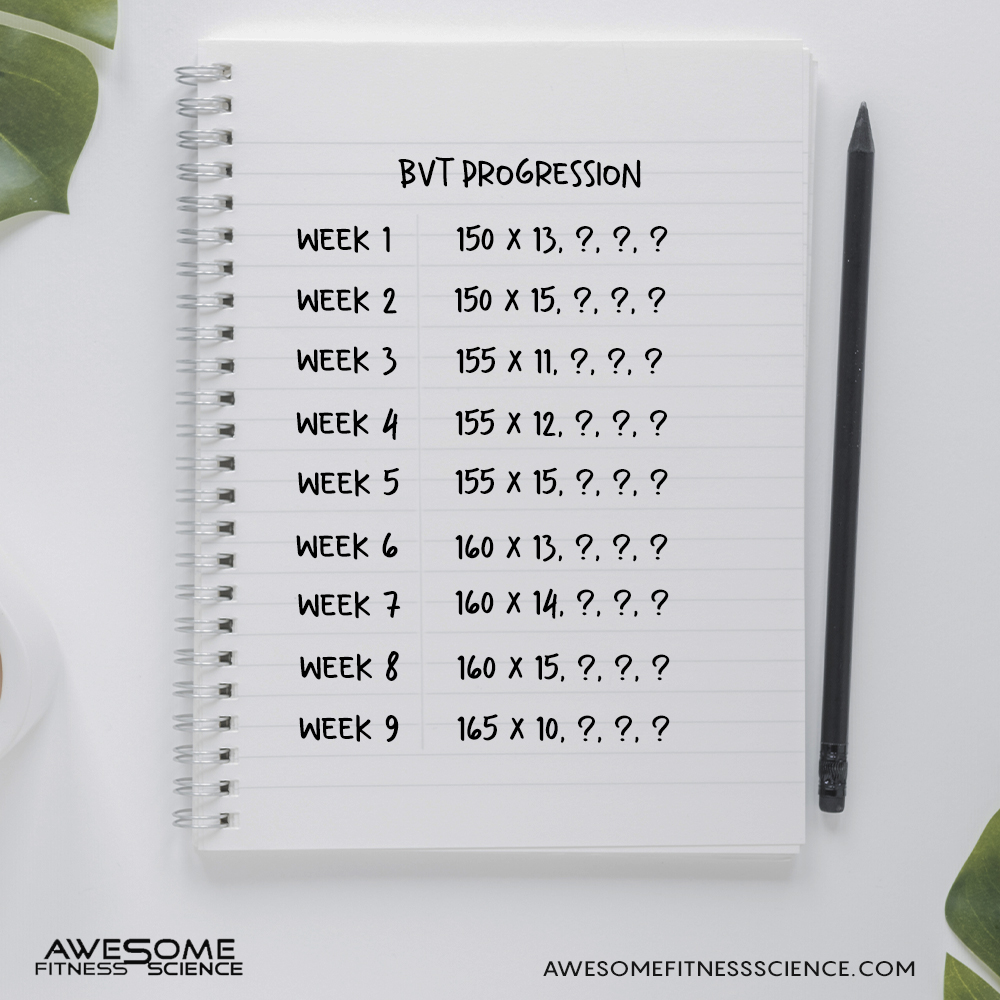
The Endless Benefits of Strength Training Beyond Just Building Muscle
Strength training improves your life in so many ways that not doing it is like begging for a suboptimal existence. And no, that’s not an exaggeration. Look at the research below my friend.




